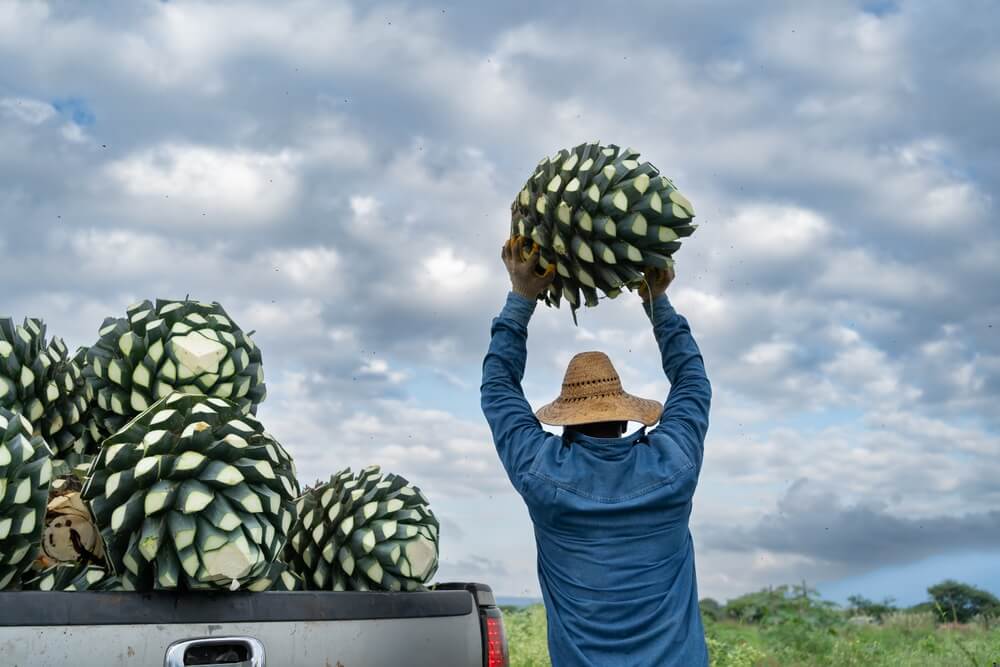The portrayal of Black, Brown, Indigenous, and low-income populations as “too risky” for business investments is rooted in racism used to justify underinvestment in these communities. Dismantling this perception of “risk” in finance, including our own industry of community development financial institutions, is long overdue. It is also worth trillions of dollars economically.
Community development financial institutions, or CDFIs, like ours exist to align capital with justice and to work for communities of color against hundreds of years of systemic racism. As the racial justice uprisings last year began to shine a light on how these communities have been historically excluded from banks, government wealth building programs, and redlined out of homeownership, CDFIs have become increasingly popular investment vehicles for government, foundations, and businesses as a means of advancing racial economic justice through fair and affordable capital.
But many CDFIs themselves still need to take a hard look at our own practices to root out underwriting habits and approaches to “risk” that are rooted in systemic racism from the traditional financial system, often passed down to us by these investors.
Exclusion, by the numbers
People of color start more businesses each year than anyone else, and in 2021 Black communities have seen the largest surge in new businesses in decades. At the same time, communities of color have disproportionately suffered from the pandemic and were given the short end of the stick from the first recovery efforts. From February to April 2020, Black, Latinx, and Asian business ownership dropped 41%, 32%, and 26% respectively – all higher than the 17% decline of white-owned businesses. One key factor in this was the inability for these business owners to get low-cost capital during the spring and summer of last year.
Heading into the pandemic, significant amounts of Black and Latinx households were disproportionately unbanked or underbanked, and yet the federal government chose to go through these same large mainstream banks for the launch of the PPP that communities of color are underserved by or discriminated against. When you couple this with the fact many of those banks only considered PPP applications from existing customers and prioritized larger loan applications, most small and minority-owned businesses were left out. This is why only 2% of Black-owned businesses and 7% of Latinx-owned businesses received PPP loans. None of this was a surprise to those of us who work in the CDFI industry.
These staggering discrepancies are just the most recent example of the U.S.’s longstanding history of excluding minorities from mainstream financial systems and wealth-building opportunities. Since the founding of the nation, the U.S. upheld a race-based credit system and economy, from Black codes and Chinese exclusion to housing policies that mandated segregation to restricting physical access to banks by refusing to open branches in “low-income neighborhoods.”
Challenging assumptions
We’re at a critical juncture in supporting the small, minority-owned businesses that represent the true face of entrepreneurship. On June 15th, the Treasury Department awarded $1.25 billion in COVID-19 relief funds to 863 CDFIs. To ensure that post-COVID recovery can be as equitable as possible, CDFIs (and all investors) need to double down on so-called “risky” small business investments.
This starts by challenging the assumptions that entrepreneurs of color and very small businesses are “too risky.” Pacific Community Ventures’ own lending portfolio shows this assumption is false. Even through COVID, as we doubled the size of our small business lending portfolio – and deployed over 76% of our capital to entrepreneurs of color and women across the State of California, with 85% invested in economically distressed communities – we managed to maintain a lower than 1% write-off rate. This is less than the 1.3% average loan loss rate of U.S. banks in 2020.
Our portfolio’s performance does more than prove that you can invest in historically underestimated entrepreneurs and communities without compromising financial viability. Our performance demonstrates investing in the underestimated isn’t a “risky” investment, it is an exceptional investment opportunity for generating financial growth while achieving socio-economic justice in this country.
PCV isn’t the only CDFI doubling down on impact to move towards an equitable COVID-19 recovery. Hope Corporation organized a regional network of public officials, nonprofits, and private sector businesses to quickly put PPP funds into small business owners’ hands, 63% of whom were Black. LISC created a Commercial District Recovery Guide of actionable strategies and best practices to provide economic development organizations and partners a curated roadmap to support COVID-19 recovery efforts. Opportunity Finance Network CDFIs supported portfolios that are 85% low-income, 58% people of color, 48% women, and 26% in rural communities.
Where to start
CDFIs lend where it counts. Yet, more needs to be done by the financial sector to advance opportunity and justice. For this reason, we call upon all investors to challenge the historic injustices and racially biased misconceptions that erroneously guide perceptions of “risk”. While PCV has provided support to small businesses in economically distressed neighborhoods since its inception in 1998, building our current portfolio took a multi-year commitment to dismantling racism in our own hiring, marketing, and underwriting. The numbers make it clear that this commitment is worth it, and mission-critical to the work of CDFIs.
In an effort to help others, we want to share the lessons we’ve learned on our own journey toward deeper impact for communities of color:
- Routine evaluation of work against mission. Throughout 2015 we began discussing our mission, and if we were truly meeting it. We embarked on a critical analysis of our organizational model, portfolio, and small business owners’ needs as articulated by business owners themselves; and went even deeper with our new CEO in 2019.
- Who aren’t you reaching? An important part of our rework was learning who was falling out of our loan pipeline, and why. While we believed our underwriting criteria were flexible, we found too many business owners of color did not meet our then SBA-based guidelines despite running great businesses.
- Increase the flexibility of underwriting. We created a proprietary underwriting matrix that allows us to look at the ‘whole entrepreneur,’ eliminating minimum credit score and collateral requirements, getting rid of our minimum thresholds in annual revenue and years in business, and gave our applicants free coaching to figure out financial documents like balance sheets. We’ve gone further since 2019 to diminish asking about personal assets (historically under-reported by entrepreneurs of color) and being much more flexible about profit margins.
- Provide a capital + business advising product. Most small businesses go under because they can’t get capital in their first two years, AND they can’t access affordable advice. At PCV we provide financial, marketing, and business growth advice to all our clients pre- and post-loan, (and offer it pro bono for other underestimated entrepreneurs nationwide).
These changes grant us greater flexibility in evaluating our credit packages and increase the number of business owners of color in our portfolio. We are committed to sharing our data year over year and hope to see other CDFIs and investors share theirs toward the anti-racist and inclusive finance journeys we are on. More importantly, these changes help us meet our mission and advance racial economic justice. The fact that the economic performance of our portfolio has been exceptional is proof that justice pays in the end.
Bulbul Gupta is president and CEO of Pacific Community Ventures, a CDFI for California-based small businesses.











